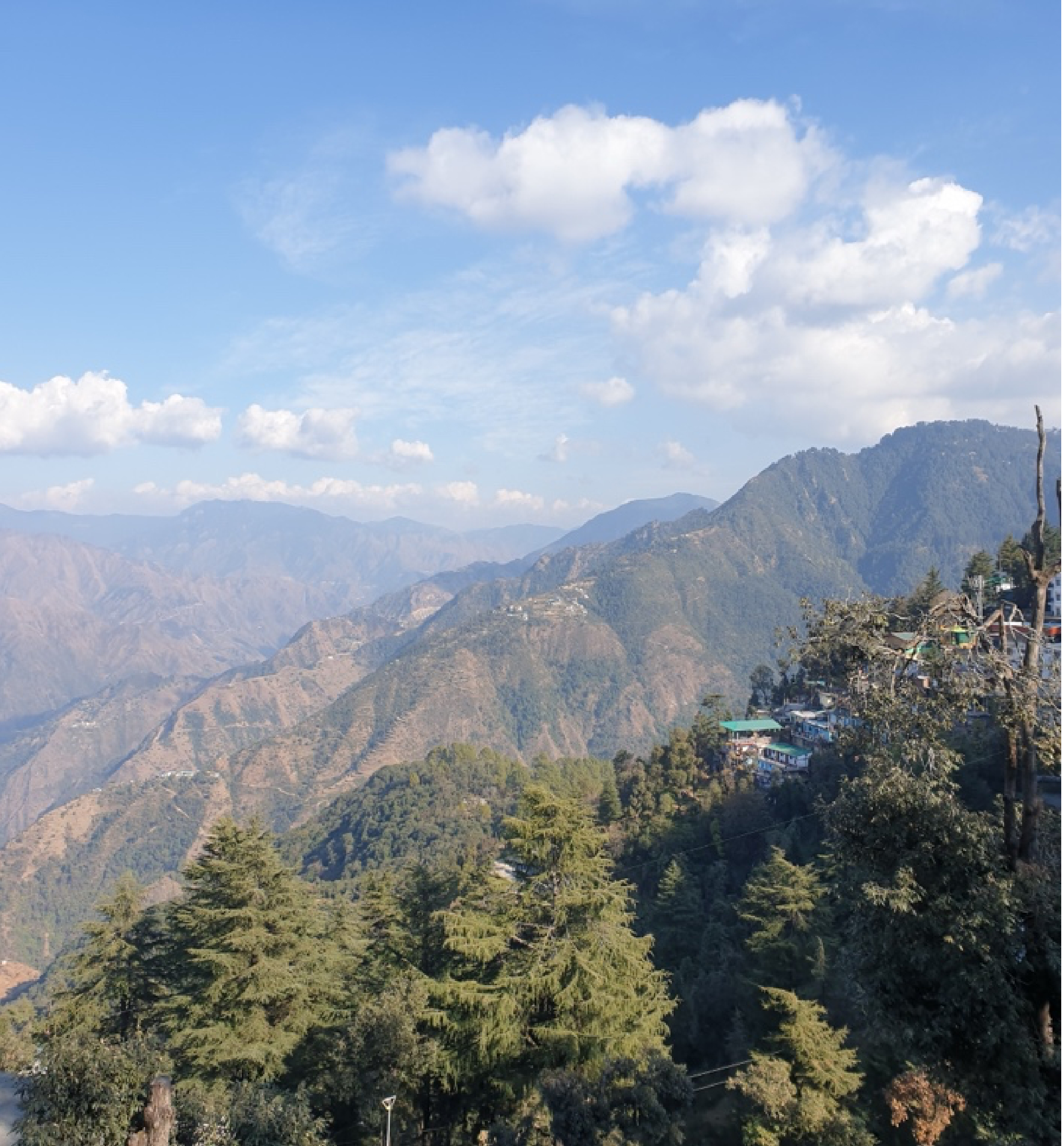While this looks good on paper, it is a
generally known truth that the quality of education imparted in most of our
schools continues to remain sub-par. An assessment by the non-governmental
organization Pratham revealed that 40% of students in Class 5 are unable to
read a book prescribed for Class 2 students. 57% of the students are unable to
solve arithmetic sums prescribed for a Class 2 student.
According to a 2007 report, of the 294
districts identified as educationally backward, 135 are Tribal, Border, Hilly
and Forested districts (TBHF). In a bid to improve the quality of education in
these districts, Pragya has piloted an Education Management Information System
(EMIS) across 330 schools in 11 TBHF Districts in the region. Although various
EMIS already exist, we developed a Dynamic Education Information System for
Planning and Improvement (DEISPI) suited to the needs of these remote regions.
What is DEISPI?
Simply put, DEISPI is a set of data
collection tools that enable us to evaluate the schools across three
parameters: student development, quality of instruction, and school operations
and management.
Student Development is measured
in basic literacy, basic numeracy, basic cognitive skills, social behavioral
development and emotional behavioral development. This is compared to a level
considered the basic or standard for the age.
Quality of instruction is based on
the response of the students and parents and is measured in instructional
clarity, knowledge of the subject etc.
School Operations and Management quality is gauged by finding out whether the institution meets the
basic minimum level of physical infrastructure, whether it has separate
facilities for Children with Special Needs (CWSN), availability of Teacher
Learning Materials etc.
The Bare Foot Monitors (BFM) trained for the
purpose enables the collection of data. Workshops are conducted at the district
level with the help of the District Education Office and monitoring through the
Village Education Centers (VECs) The data collected with the help of the
community helps in monitoring the quality of education in schools across the
target district.
Case study
Rudraprayag, Uttarakhand, one of the two
districts in the Himalayas where the DEISPI project is currently running, has
some of the highest literacy rates in the country. According to the 2011 census,
the literacy rate for Rudraprayag is 81.30 %, against the state average of
79.63 %, and well above the national average of 64.8%. Uttarakhand ranks among
the top ten states when it comes to literacy levels in the country.
In a district level discussion held at
Rudraprayag, where the DEISPI is being piloted in 30 schools, a number of
issues were brought forth. The need for at least one residential school for
Children with Special Needs (CWSN) was felt. Besides calling for a greater
involvement of the parents in the school system, the assertion was made,
contrary to popular belief, that the teachers at the private schools were
generally more qualified and better trained than the teachers at the government
schools. In the meetings held at the Village Education Councils (VECs) the
villagers asked questions about the infrastructure of the schools, the quality
of instruction, the student-teacher ratio etc.
During the assessment by Pragya, we learnt
that many schools face issues that affect the learning of the students. One school,
which stood out from the rest, is the Government Primary School in Khat
village, Ukimath. The school, which has 35 students and one teacher, was
holding its classes in a nearby lodge after the original school building was
damaged in the 2013 floods that hit Uttarakhand. Despite the adverse
circumstances, the teacher was very supportive, and the school emerged with
high scores across all parameters. The parents of the students, concerned about
the learning levels of the students, were enthusiastic in their participation
and support of the DEISPI program. The team at Pragya advised both the parents
and the teachers on ways in which to increase the learning levels according to
the DEISPI parameters.
The Public Education System in India, particularly
primary education, is one of the largest and most complex in the world. What
the DEISPI does, by making the various stakeholders: students, parents, and
teachers part of the system is to make the education system more accountable.





No comments:
Post a Comment